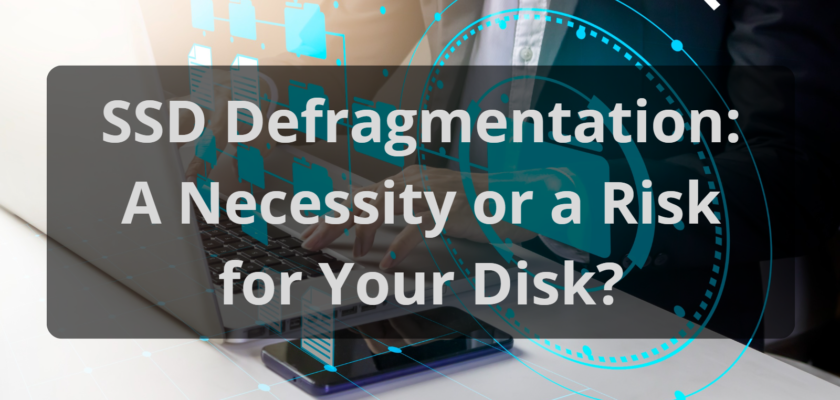Solid State Drives (SSDs) have significantly altered the landscape of personal computing, offering fast access times and robust performance. However, the question surrounding the necessity—or the risk—of defragmenting SSDs remains a subject of much debate. This article highlights whether SSD defragmentation is essential, superfluous, or potentially damaging.
Understanding SSD and Traditional Hard Drives
Comparison of SSD and HDD
Traditional Hard Disk Drives (HDDs) store data on rotating disks, while SSDs utilize flash memory. The fundamental difference in architecture results in variances in speed, durability, and how data is accessed and stored.
Explanation of How Data is Stored and Accessed
In HDDs, data can be fragmented—spread out in different parts of the disk. This fragmentation can lead to slower access times because the read/write head has to “seek” across multiple aspects of the disk to collect all the pieces of a file. SSDs, on the other hand, access data electronically, eliminating the need to seek different disk areas.
Introduction to Fragmentation and Defragmentation
Fragmentation is when a file is stored in pieces rather than a single contiguous block. Defragmentation is the process of rearranging these fragments to improve speed and performance. It’s a common maintenance task for HDDs, but is it necessary for SSDs?
The Necessity of Defragmentation
Impact of Fragmentation on Performance
Fragmentation can significantly slow down HDDs by increasing seek times. However, SSDs are largely unaffected by fragmentation due to their architecture.
Role of Defragmentation in Performance
In HDDs, defragmentation can lead to noticeable performance improvements. For SSDs, this performance gain is generally marginal, if at all present.
Why Defragmentation is Necessary for HDDs
HDDs benefit from defragmentation because it consolidates file fragments, reducing the distance the read/write head has to move. This is not a concern in SSDs.
Importance of SSD Defragmentation
Most modern operating systems and SSD firmware are designed to minimize fragmentation’s impact, making defragmentation largely unnecessary for SSDs.
Explanation of the Wear and Tear of SSDs
SSDs have a limited number of write cycles. Each defragmentation process involves multiple read and write operations, potentially shortening an SSD’s lifespan.
Verdict
Analyzing the Pros and Cons
When weighing the marginal benefits against the risks, it becomes evident that SSD defragmentation is generally not recommended.
Recommendations on SSD Defragmentation
Users are advised to rely on the in-built optimization features of modern operating systems and SSD firmware to manage data storage effectively rather than resorting to defragmentation.
Best Practices for SSD Maintenance
Regular firmware updates and ensuring adequate free space are better strategies for maintaining SSD health.
Conclusion
Defragmentation, a routine considered almost sacrosanct for HDD maintenance, is neither necessary nor recommended for SSDs. The architecture of SSDs makes them largely impervious to the fragmentation issues that plague HDDs and the potential risks associated with SSD defragmentation usually outweigh the benefits. Users are better off following SSD-specific maintenance practices to ensure longevity and performance.

